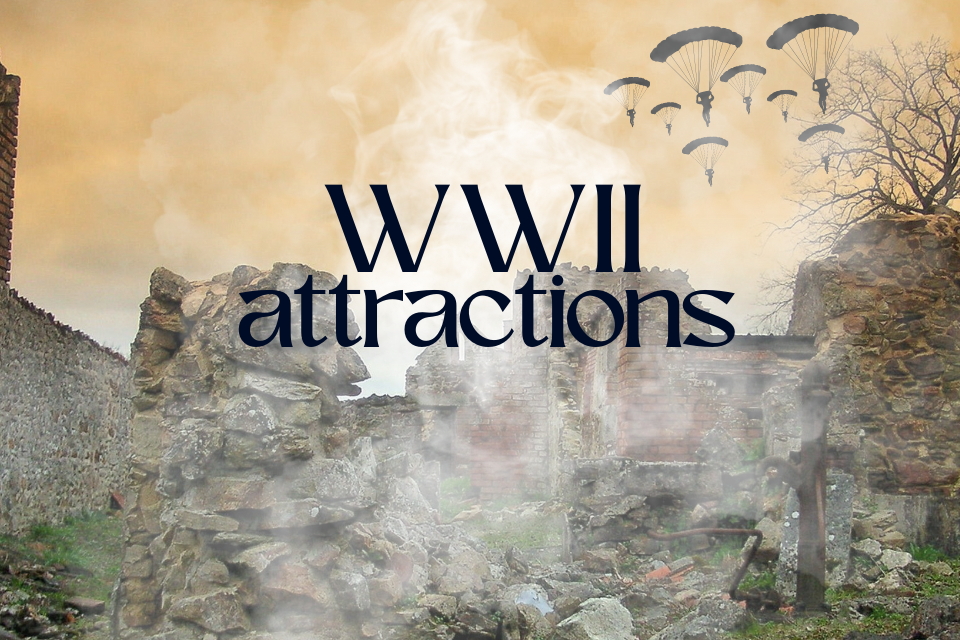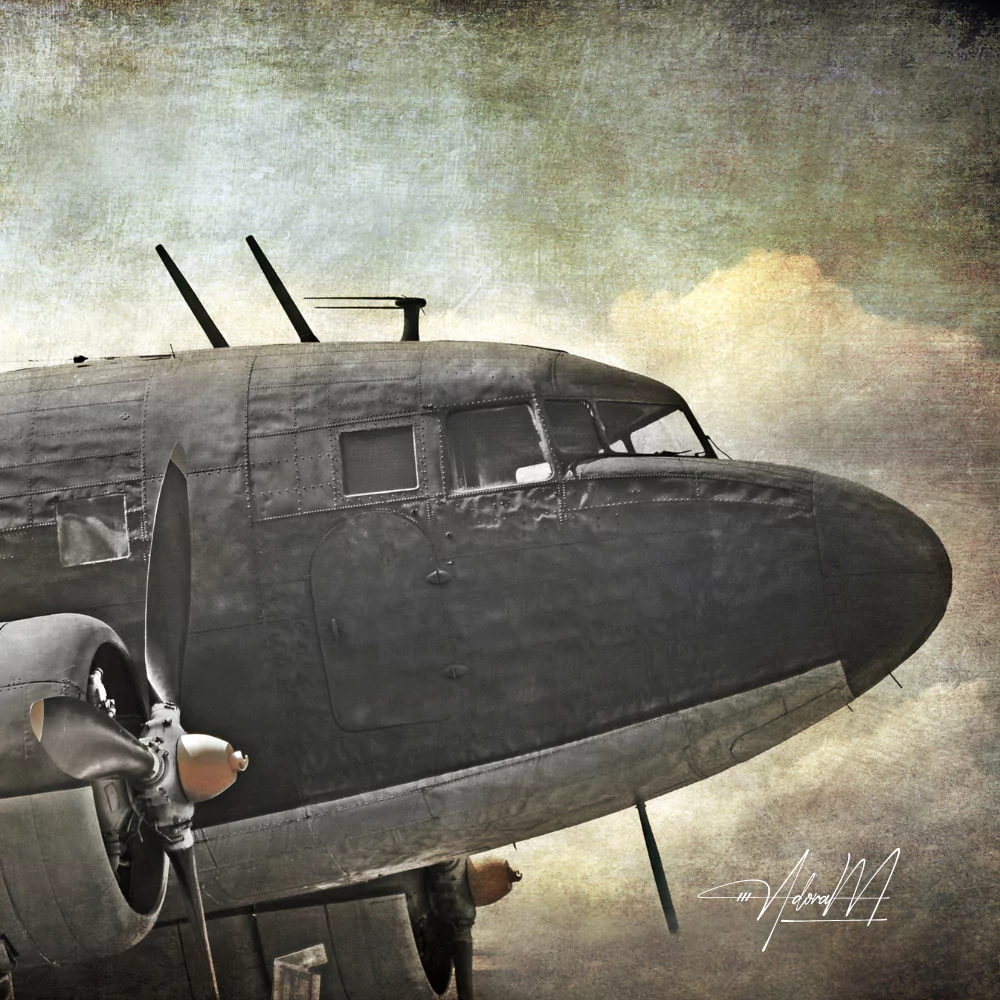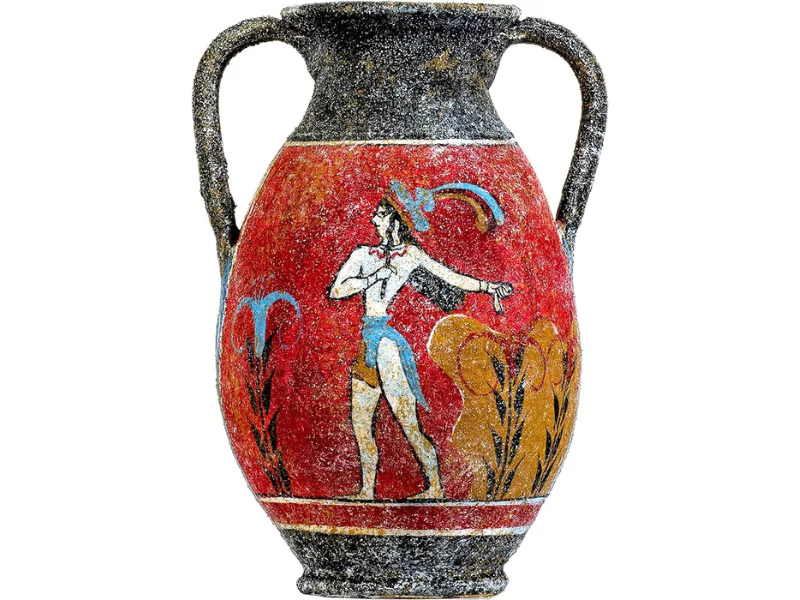
The Best WW2 Tourist Attractions in Crete

Table of Contents
Crete is rich in history and legends, so it’s no surprise that World War II left a significant impression on the island. Whether you’re a traveler looking to explore some of the most spectacular sights or an aficionado ready to learn more about Europe’s wartime narrative, there are plenty of historic tourist attractions in Crete that will surely capture your attention. From standing at Malta’s doorstep during the War, to honoring its brave fallen soldiers from both sides, Crete has seen some remarkable events from WW2 and offers incredible insight throughout the region for those wishing to get closer to this conflict’s complex story. We’ve compiled our pick of must-see locations around this Mediterranean destination – so grab a walking map (or just follow us!) as we make our way into Crete’s World War era!

Overview of Crete’s World War II History
Crete, the largest island in Greece, has a rich history that dates back thousands of years. During World War II, this beautiful island was a battleground as Axis forces sought to claim control of the Mediterranean. Though ultimately unsuccessful, the invasion and subsequent battle for Crete left a lasting impact on the island and its people. Today, visitors can explore the many museums and memorials that pay tribute to those who lost their lives during this tumultuous time. From the stunning landscapes to the fascinating history, Crete is a must-visit destination for anyone interested in exploring the past and present of this incredible island.
Visit the Airfield of Maleme for a Fascinating Insight into the Battle for Crete
Visiting the Maleme airfield is a must-do for any history buff or World War II enthusiast. This airfield played a critical role in the Battle of Crete, which ultimately ended in a German victory. As you walk around the site, you can’t help but feel the weight of the past bearing down on you. The remains of bombed-out buildings and aircraft are a haunting reminder of the fierceness of the fighting that took place here. Among the ruins, you can see an impressive memorial to the fallen soldiers, which is a touching tribute to those who bravely fought for their country. The Maleme airfield offers a unique and fascinating insight into the events that shaped the history of Crete, and it’s a must-visit for anyone interested in learning more about this tumultuous period of time.
Explore Rethymno on Foot to See Reminders of the 1941 German Occupation
Experience a journey through history as you explore the charming streets of Rethymno on foot. Along the way, you’ll come across reminders of the city’s tumultuous past, particularly the German occupation of 1941. Look out for the bullet holes peppering old buildings, and wander through the quiet lanes that were once the site of intense fighting. Despite the echoes of war that still resonate, Rethymno’s beauty shines through in its stunning architecture and captivating atmosphere. Wander through the old Venetian quarter, with cobbled streets and charming alleys lined with colourful flowers. Stop for a refreshing drink in one of the quaint cafes that dot the city, and soak up the sun on the sandy beaches that fringe the city. Rethymno is a city that has seen a lot, but today it is a vibrant and beautiful place that welcomes visitors with open arms.
Memorial for Kidnap of General Kreipe in Crete
Crete is a place full of history and pride, where the winds of the past whisper in your ears. One of the most remarkable events that happened in the island during World War II was the kidnapping of General Kreipe, a Nazi officer who was held captive by the Cretan resistance for weeks. The daring operation was led by none other than the British officer Patrick Leigh Fermor, who plotted the kidnapping with precision and daring. Although the general was eventually released unharmed, this bold undertaking became a symbol of the Cretan resistance and their unbreakable spirit. Today, you can visit the spot where this incredible feat of bravery took place and pay your respects to the fallen heroes who fought for the freedom of their land. The Memorial for Kidnap of General Kreipe stands as a reminder of the courage and tenacity of the Cretan people, and a testament to their unwavering commitment to justice and freedom.
Discover the battlegrounds of Galatas and Ayia prison valley in Crete
Nestled in the eastern part of the Cretan island lies a hidden gem waiting to be explored. Galatas and Ayia prison valley offer a unique glimpse into the region’s tumultuous past. The battlegrounds of Galatas, where fierce battles were fought during World War II, now provide a peaceful and serene setting for visitors to contemplate the island’s history. As you stroll through the valley, the remnants of the Ayia prison still stand tall, serving as a stark reminder of the atrocities that occurred on this land. A visit to these historic landmarks is a must for those seeking a deeper understanding of Crete’s past and a chance to step back in time. But don’t just take our word for it, grab your camera and set off on an unforgettable journey through these fascinating sites.
Argo II Mission Monument in Crete WW2
The Argo II mission took place in May 1943, when Allied forces were trying to gain a foothold in the Mediterranean and prepare for the invasion of Italy. The mission was carried out by a Greek Navy submarine, the Papanikolis, commanded by Lieutenant Commander Nikolaos Manias, and a small team of sailors and commandos. The goal of the mission was to transport a group of Greek fighters from Maridaki, a small village in Asterousia, to Egypt, where they could continue the fight against the Germans.
The journey was extremely difficult, as the Argo II had to navigate through minefields, German patrols, and treacherous waters. The crew had to rely on their courage, resourcefulness, and determination to survive and complete the mission. Despite the dangers, they managed to reach Cape Kerkelos, where they evacuated 31 fighters who had been hiding in Asterousia for months. The fighters were then taken to Egypt, where they were welcomed as heroes and continued to fight alongside the Allies.
The Argo II mission was a huge success, both in terms of the number of fighters evacuated and the psychological impact it had on the Greek people. For the first time since the occupation, a Greek Navy vessel had managed to penetrate the enemy lines and carry out a special operation. This gave hope and inspiration to the resistance movement, which had been suffering from lack of resources and morale.
The monument erected on the road connecting Maridaki and Agios Nikitas monastery is a physical reminder of the Argo II mission and the sacrifices of those who participated in it. The monument consists of a simple stone structure, with a marble plaque commemorating the mission and the names of the Greek fighters who were evacuated. The monument is visited by locals and tourists alike, who come to pay their respects and learn more about the history of the area.
The Argo II mission is a testament to the courage and determination of the Greek people during World War II. This mission, carried out by a group of young sailors and fighters, had a profound impact on the war effort and the resistance movement, inspiring hope and determination in a time of darkness and despair. The monument erected in Asterousia Range is a physical reminder of this mission and the heroism it represents. We should all take the time to visit this monument and learn more about the history of the area, paying tribute to the brave men and women who fought for freedom and justice. Let us never forget their sacrifice and their legacy.




